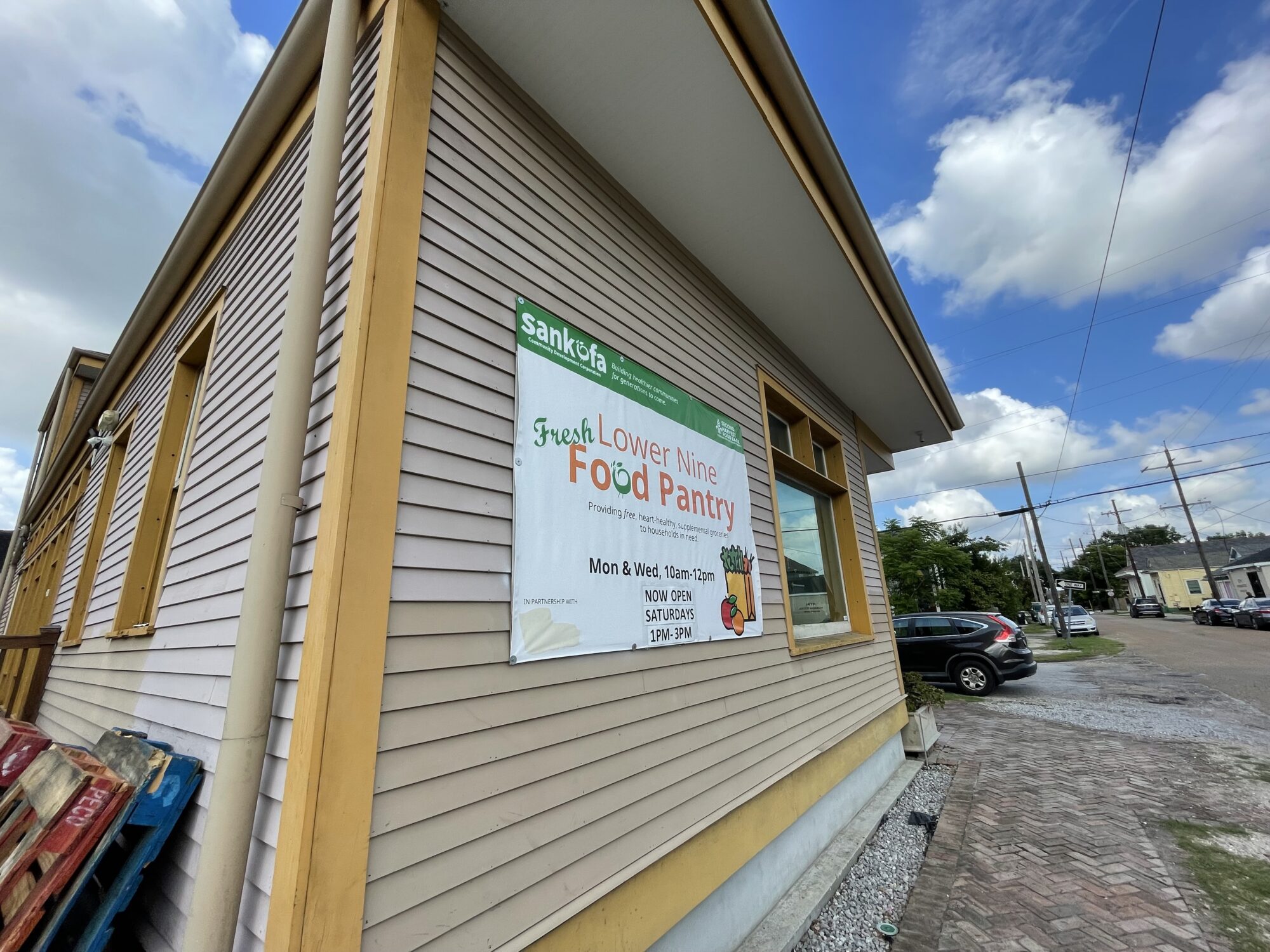Changemaker Catalyst Award recipient, Kara Steele, worked at the Sankofa Community Development Corporation food pantry this summer. While working with Sankofa, Kara assisted with pantry services and created a survey to help learn about the food- and health-related needs of those utilizing the Sankofa food pantry services. The survey results will inform and improve the services and programs offered by Sankofa. Kara is a 2nd year Master of Public Health Student studying social, behavioral, and population sciences and social epidemiology.
The more you know, the more you can do. This motto was central to my summer work with the Sankofa Community Development Corporation.
As the Sankofa Community Health Program Summer Practicum Intern, my responsibilities included creating a survey to administer to pantry clients, helping with daily pantry operations, and conducting data management and reporting tasks. This work allowed me to develop my skills in survey writing, data analysis, and data visualization and learn from so many wonderful people. I will carry what I learned from working at Sankofa with me in my future work.
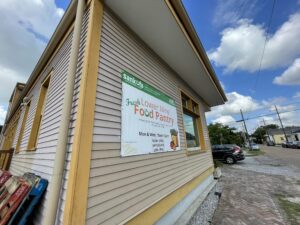
The work during my internship was three-fold:
1) Serving on a team of excellent volunteers and staff members, I helped with daily pantry operations. This included unloading deliveries, sorting produce, stocking shelves, preparing the space for pantry clients, and providing support to staff who were tracking service use and performing recertifications of eligibility. Sankofa is a “choice pantry,” so clients get to select what they want from our shelves based on their household size. I would greet clients and help walk them through what we had available that day.
2) I began working on the survey project after gaining familiarity with Sankofa’s operations and getting to know the community members who utilized Sankofa’s services. With the support of the Community Health Ambassadors, volunteers, and the Community Health Programs Manager, I wrote a survey to assess food insecurity, behaviors relating to healthy eating, barriers to healthy eating, and health needs of the Sankofa food pantry clients. The Community Health Ambassadors administered this survey because they knew our clients better and were more involved in the community. I then entered the data, analyzed the data, and created a report of my findings with recommendations.
3) I analyzed food pantry data and created visualizations as needed.
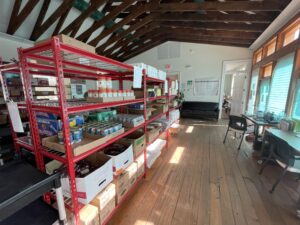
The most exciting part of this experience was the opportunity to interact with so many people – volunteers, staff, community members, etc. As a graduate student, so much of my time is spent in a classroom or library, so getting to interact with and get to know the people involved with community health programming and the people receiving the services was a formative experience. What I enjoyed most were the many conversations I had with pantry clients, volunteers, and staff members during my internship. While these conversations taught me so much and made me smile more than I would have imagined, there were moments when I felt I couldn’t do enough to help with the food insecurity and barriers to healthy eating reported by the survey respondents. This is a challenging feeling that can be applied to inspire and motivate future work.
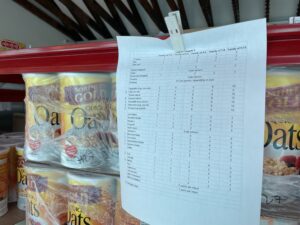
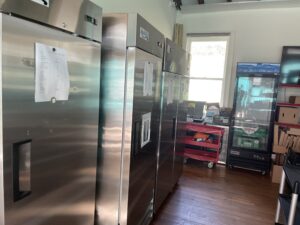
I was most proud of the success we had with the survey. We surveyed clients throughout August and received 56 responses representing about 20% of the total number of households served that month. We now have a snapshot of barriers to healthy eating, food insecurity levels, average service utilization, and Sankofa’s impacts on our clients’ food-related stress. Almost all of our survey respondents reported food insecurity. Still, nearly all of our survey respondents also said that Sankofa helped them worry less about their food running out, make their food last until they have money to buy more, and get more nutritious and healthy foods. We also gathered data on who wanted help enrolling in SNAP, finding primary care providers, building or maintaining garden boxes, or registering for Sankofa health education classes.
I look forward to seeing how Sankofa utilizes these survey results to tailor current programs and inform new programs and support services.
I firmly believe that the more you know, the more you can do with that knowledge to bring about positive change. This belief manifested in my work at Sankofa in two ways. First, I gained a better familiarity with the work of Sankofa and the Lower 9th Ward community. I learned about the food pantry and non-profit operations and the lives and experiences of the Lower 9th Ward and Orleans Parish residents. I will apply what I learned about community social networks and the needs of our clients in my future work. Whether I work in non-profit or academic research space, I cannot ignore the unmet needs of so many New Orleans residents. I will try to harness the power of community social networks I observed to spread the word about available resources and to emphasize the importance of building spaces that community members feel comfortable coming to and engaging with.
The second way that this belief manifested in my work this summer was through the knowledge gained from my survey project. We gained valuable information about the needs of Sankofa pantry clients. What we learned about the food insecurity of our clients, barriers our clients face to healthy eating, how our clients heard about our services, and other health-related needs our clients have will allow for advocacy for policies and programs that can help address these needs in the Lower 9th Ward and throughout Orleans Parish. A concrete example is how the survey asked individuals if they wanted assistance applying to SNAP, finding a primary care provider, creating or maintaining a garden, or registering for health education classes. This information allowed us to directly follow up with our survey respondents, develop a stronger connection with them, and help ensure their needs were met.
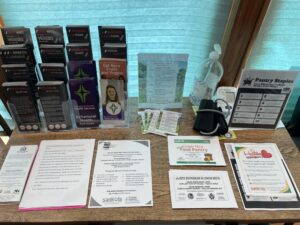
My main takeaway from the experience was that it is vital to do the best with what you have. In a perfect world, Sankofa could provide fresh fruits and veggies, milk, eggs, meat, fish, coffee, oil, spices, etc. (which are all food items clients indicated they wish we had more of on our survey) to every person in the Lower 9th Ward who struggles to access this food for a variety of reasons; however, the harsh reality is that resources and capacity are limited. Sankofa does its best to provide as much healthy and nutritious food as possible to pantry clients. Even though they can’t meet everyone’s needs, the impact of the work they are doing is immense. So many survey respondents left feedback expressing their gratefulness for Sankofa. In my future career, I will center my work around the goal of finding ways to do the best with what we have available. While I currently plan to go into research, this lesson will still apply. Whether it is finding ways to tailor implementation of programs in ways that maximize impact or determining the best targets for targeting interventions to maximize impact, there is always the possibility to be conscious of how you can learn what you need to learn to do what you are doing the best way you can.
